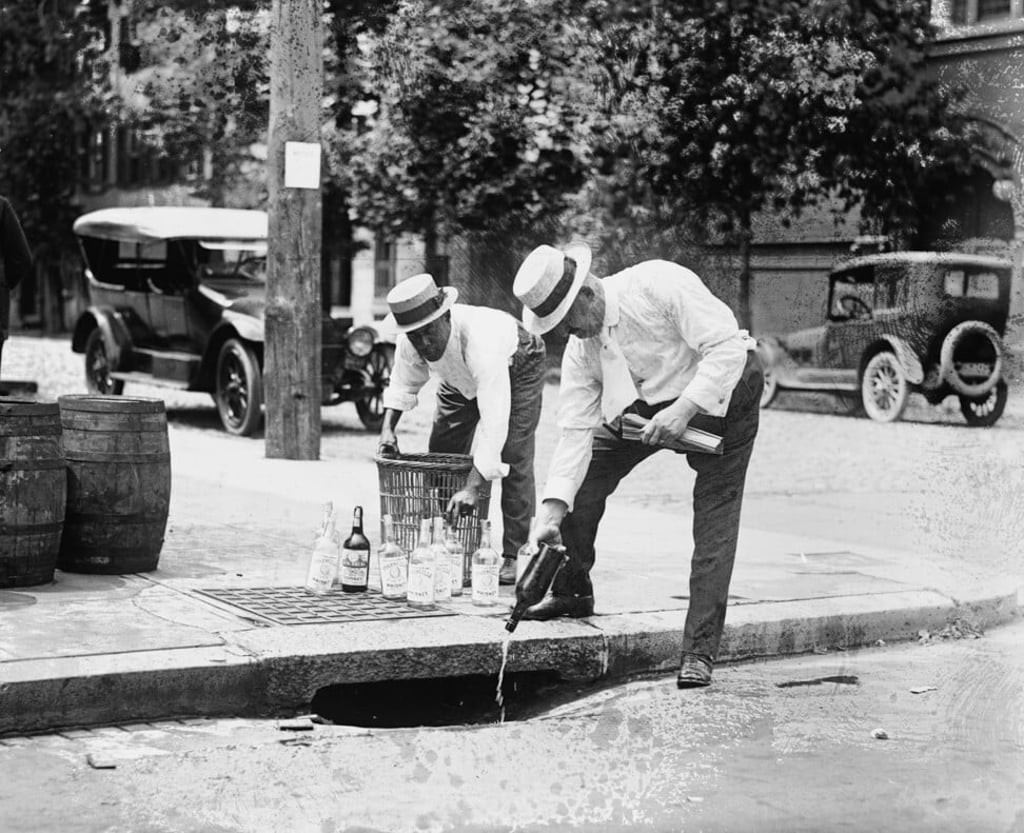There is more to American whiskey than bourbon – historic rye is growing in popularity
- High taxation meant once-popular rye whiskey lost ground to cheaper alternatives, including ‘rotgut’ and, later, bourbon
- Seeking something new, modern distillers are rediscovering rye, which is traditionally more savoury on the palate

Whisky is the barrel-aged distilled spirit made of grains produced in Scotland; in Ireland and the United States, they add an “e” to produce “whiskey”.
Spirits connoisseurs may be familiar with American whiskey, bourbon, made primarily from corn. But bourbon hasn’t always been the whiskey of choice for Americans. Rye was widely grown in colonial Maryland and Pennsylvania in the mid-1700s and used to make whiskey known, naturally, as rye.
Pennsylvania whiskey was made entirely from rye and called Monongahela rye. Maryland, further south, used about 35 per cent corn for a sweeter, more mellow rye.
When the first US government was formed in the late 18th century, rye whiskey was one of the first goods to be taxed, providing an impetus for distillers to use less highly taxed grains. Home-made spirits – called firewater or rotgut – were made from raw alcohol coloured with caramelised sugar or chewing tobacco. But for those who could afford it, rye remained important throughout the civil war and up to Prohibition, with a gill (a four-ounce glass) of rye costing a nickel in a local saloon, and up to US$2 in a posh hotel in the 1800s.

Production decreased during Prohibition (1920-33) but afterwards it was bourbon, made primarily from Midwest corn, that became America’s favourite brown spirit. Rye was made by small distillers in the east who lacked the infrastructure to grow. And one of the first farm bills during the Depression supported corn, not rye, making it cheaper still for distillers to make bourbon.
The year 2006 marked the renaissance of rye in the US. At that point, the consumption of rye was almost non-existent: 150,000 cases versus 14.7 million cases of bourbon. Curiosity led distillers to look up old recipes to offer consumers something new, and by 2018, rye production had grown to 1.1 million cases.
